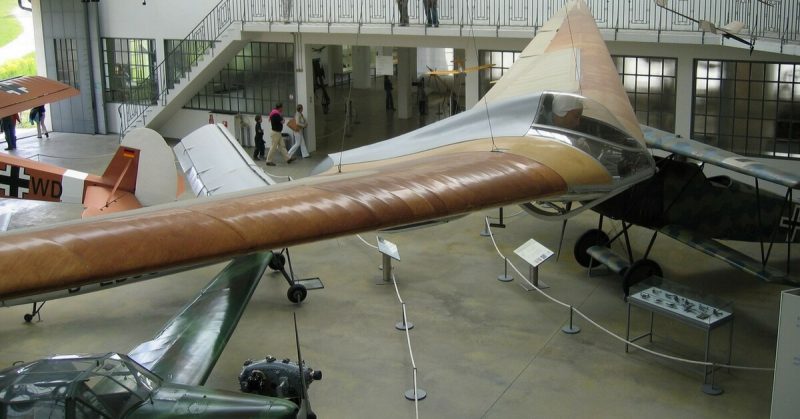It is WWII. Hitler wants Americans to know what war feels like, so he orders the bombing of US cities. More specifically, he wants them nuked. Barring that, dirty bombs could be dropped – irradiated materials spreading sickness instead of destruction. In a weird way, he succeeded.
When Germany lost WWI, they were forced to sign the Versailles Treaty which limited their military forces. However, there were loopholes, such as allowing the development of rockets, sailplanes, and gliders, which they successfully exploited.
In 1917, Ernest Rutherford successfully demonstrated that an atom could be split to produce tremendous energy. He then worked with several German scientists, including Otto Hahn and Lise Meitner, who pulled it off in 1938. They might have done more, except that Meitner was Jewish, and sensibly fled Germany while she still could.
WWII broke out. Germany seemed both unstoppable and unassailable, remaining unscathed while they devastated nations around them. Hermann Wilhelm Göring, Hitler’s second-in-command, boasted in 1939 “If planes drop bombs on Germany, you can call me Meyer.”
Meyer is a common German surname, so Göring meant it could not happen. The British proved him wrong in May 1940 when they carpet-bombed the city of Mönchengladbach. America joined the war in 1941, escalating the bombings. When air raid sirens went off throughout Germany, people called them “Meyer’s sirens.”
Göring’s credibility plummeted, so in 1942 he set up Project 1061. Its aim was to bomb New York City, chosen because it is closest to Europe and is America’s financial hub. However, there were problems.
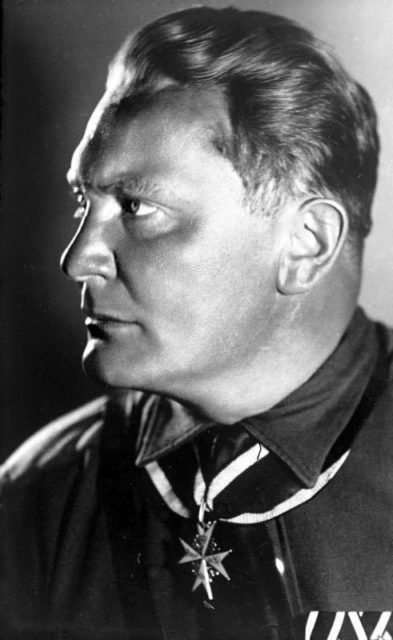
The distance from Germany to NYC is about 3,500 miles. At that time no plane could fly that far. Göring wanted his pilots back in Germany alive – meaning a round trip of 7,000 miles. Solution? Invent a plane that could fly at least 10,000 miles to give pilots some leeway.
The project was assigned to Wilhelm Emil “Willy” Messerschmitt – inventor of the Bf109 and Me262 fighter planes. His engineers created a prototype called the Me264 which they thought might work, so a contract for six was approved. They started production at the Lechfeld Aerodrome (now the Lechfeld Air Base) in Bavaria.
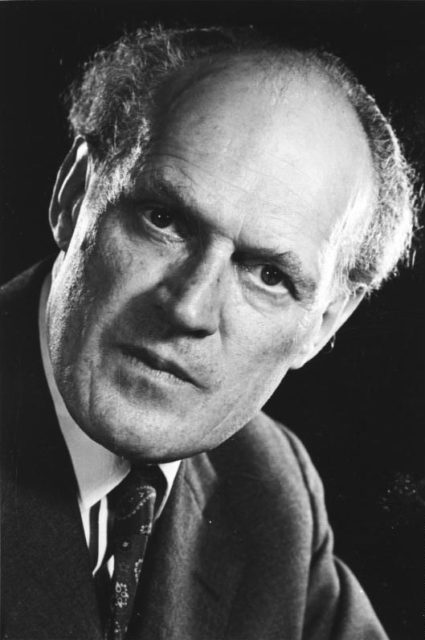
It was obliterated by Allied carpet-bombing in 1943 – destroying both the prototype and many of those working on it. As the air raids continued, German factories and cities were going up in smoke; as was Göring’s career.
Furious, Hitler put Siegfried Knemeyer, Head of the Reich Ministry of Aviation, in charge. Knemeyer set up a competition inviting the brightest, racially-pure minds to find a way to hit NYC – which he called the Amerika Bomber Projekt. He took it a step further, however, by thinking up a novel bomb.
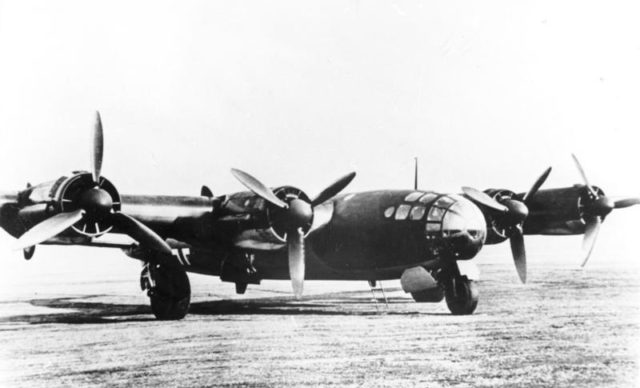
As early as 1941, German scientists were already testing the toxicity of radioactive material – so they knew it was deadly. Knemeyer’s team considered a bomb carrying irradiated sand and dropping it over NYC. It would not be as destructive as a nuclear weapon, but it might get the Americans to pull out of the war.
First up were the Horten brothers – Walter and Reimar. They had been developing all-wing sailplanes (called Delta wings) since the 1930s, and Knemeyer flew one of their models for sport. To avoid radar and maximize scarce materials, its exterior was to be made of wood covered with coal dust.
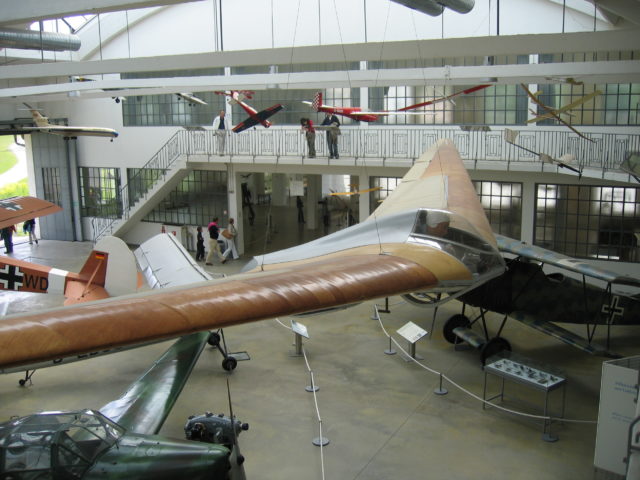
Theirs seemed the cheapest and easiest to build, setting them up to be the first to reach NYC. Their workshop was destroyed by the Allies in July 1944, and again during Operation Lumberjack in March 1945.
Next was Wernher von Braun – a rocketeer with dreams of exploring space. Unable to do that, he created the V1 and V2 rockets that were launched across the English Channel to pummel Britain. His idea was to modify one of those rockets so a pilot, not an explosive, would sit at the nose.
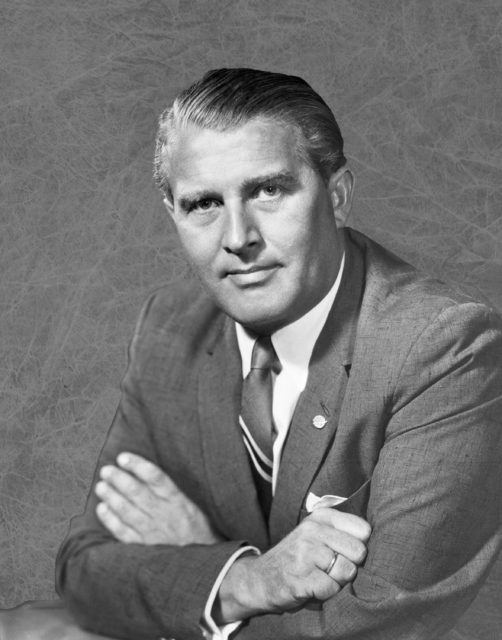
Called the A-9 rocket plane, it would be launched vertically with the A-10 booster rocket he invented. Once it reached suborbital flight, it would dump its booster, level out, and zoom toward NYC at 3,000 mph. At that speed, there would be no slowing down – meaning the pilot had to be a Kamikaze.
The idea was workable, thanks to thousands of slaves from concentration camps. However, they had their revenge, sabotaging many of the rockets by urinating on the delicate circuitry which eroded sensitive components. Thanks to them, it is estimated that perhaps a third of the V-2 rockets launched at Britain never made it.
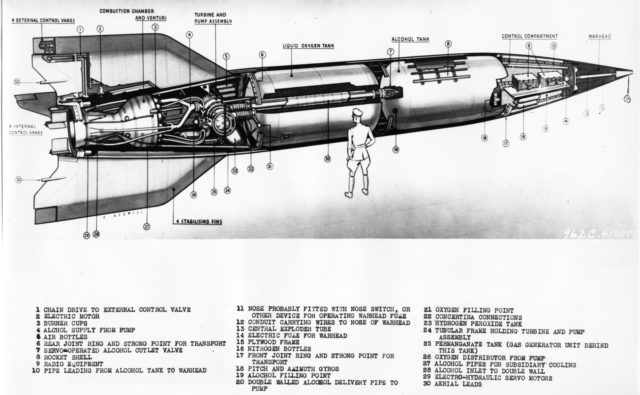
Finally, there was Eugen Sänger – an Austrian, and also a rocketeer. The problem was carrying enough fuel to get to America and back. Sänger’s solution was the Silverbird. He had been toying with the idea of a rocket ship that could fly from Berlin to Tokyo and New York, but the war had intervened.
Instead of being launched vertically, the Silverbird would be pushed by a jet-powered sled on a set of parallel tracks. Once in the air, its onboard engine would kick in, letting it climb at a 60° angle for three to four minutes until it ran out of fuel.
Its forward speed and centripetal force would do the rest, taking it up to low earth orbit. With a speed of 14,000 mph, it would skip over the earth’s atmosphere reaching NYC where it would drop its bomb, complete with irradiated sand.
None of it ever happened. In April 1945, von Braun surrendered to the Americans and later worked for NASA. Sänger went to France to work on the supersonic ramjet engine, but his work inspired the creation of the reusable Challenger craft. As for the Horten brothers, their idea became the basis of the Northrop XP-79B “Flying Ram.”
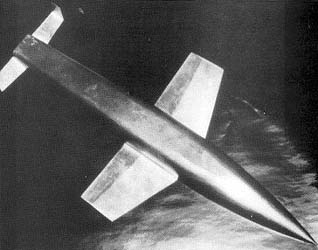
Operation Paperclip was America’s program to bring in over 1,500 German scientists and technicians to the US in 1945. It was how von Braun, and others like him, were able to get American astronauts walking on the moon on July 20, 1969.
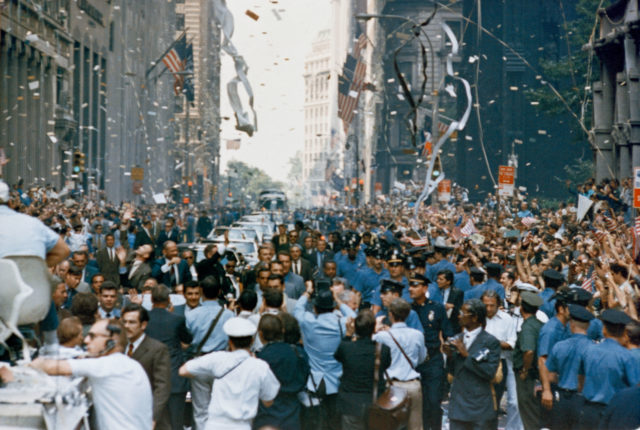
When those astronauts got back to earth, they were given a ticker tape parade in NYC on August 13. The Germans did get to rain something down on the city, at last, although not in the way they had originally planned.
